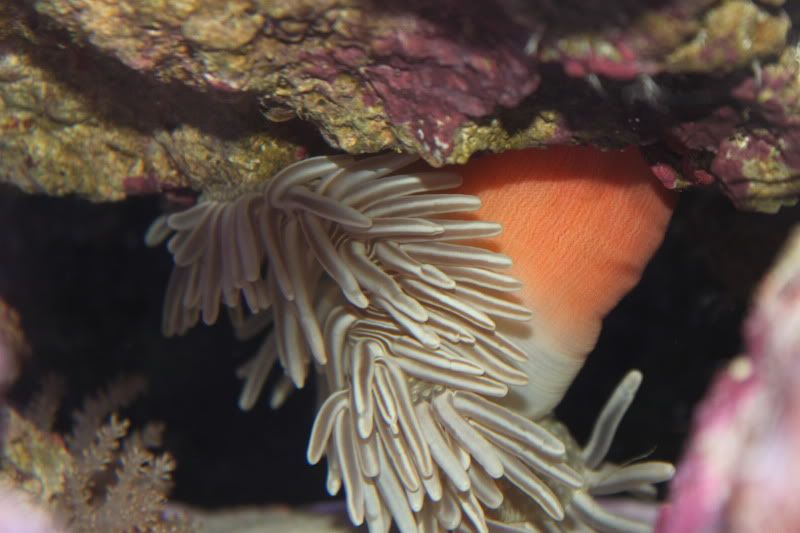BaylorbearSW
Member
I have a RSM 250 with a LTA that I have had approximately 9 days. I have in the past purchased smaller anemones and my clowns have wallowed them to death essentially. So this time I purchased a larger anemone. As soon as it was put into my tank it attached to a set of rocks I have but it attached upside down. Have read that this really isn't an issue because they know when they need light and will come get it. Now to my real question. I noticed yesterday that it had moved a little but also where the tentacles (around the edge) meet the base it is also attached. It is sort of stretching the anemone almost... I have attached pictures but they are pretty tough to see I think. Any ideas?
Overall Picture

Little Closer Overall

Where it has attached in what seems to be an odd place...

Closer of attached

Overall Picture

Little Closer Overall

Where it has attached in what seems to be an odd place...

Closer of attached








